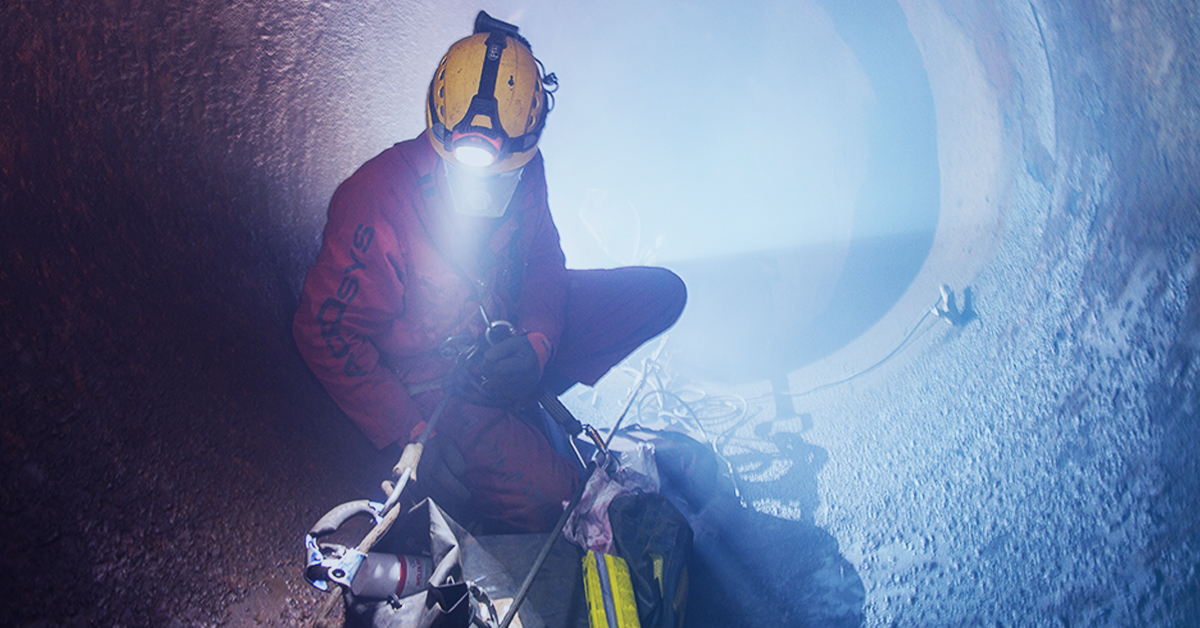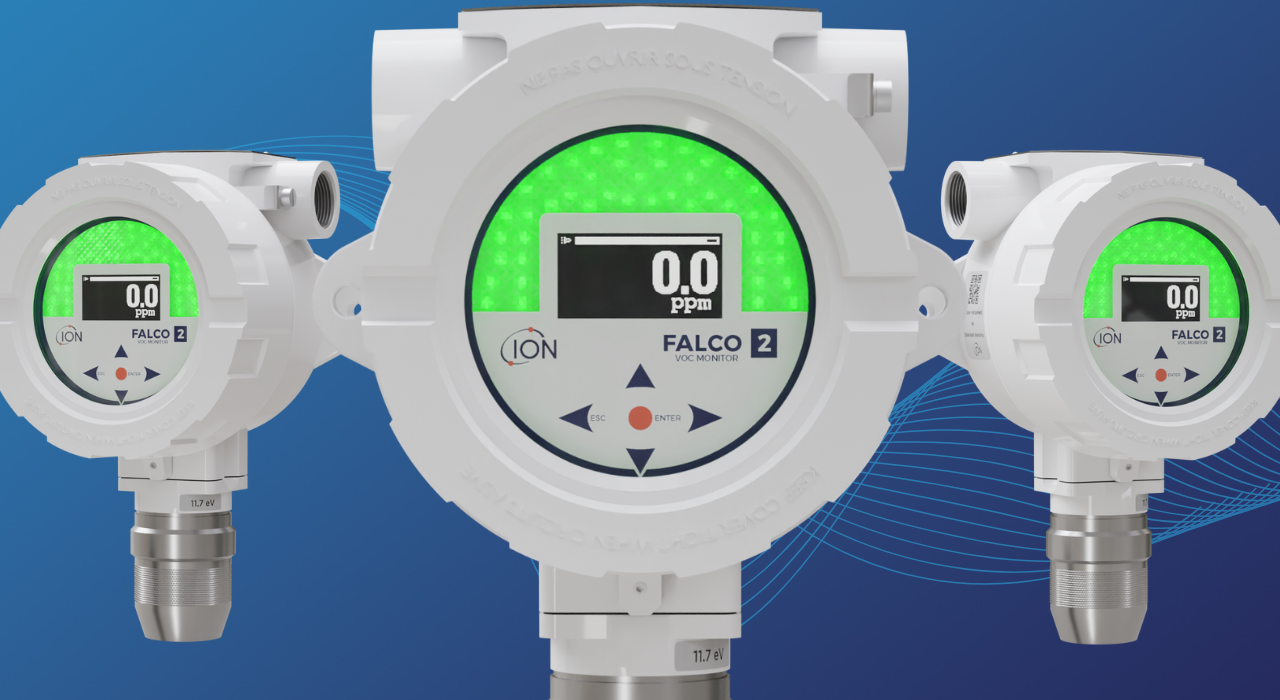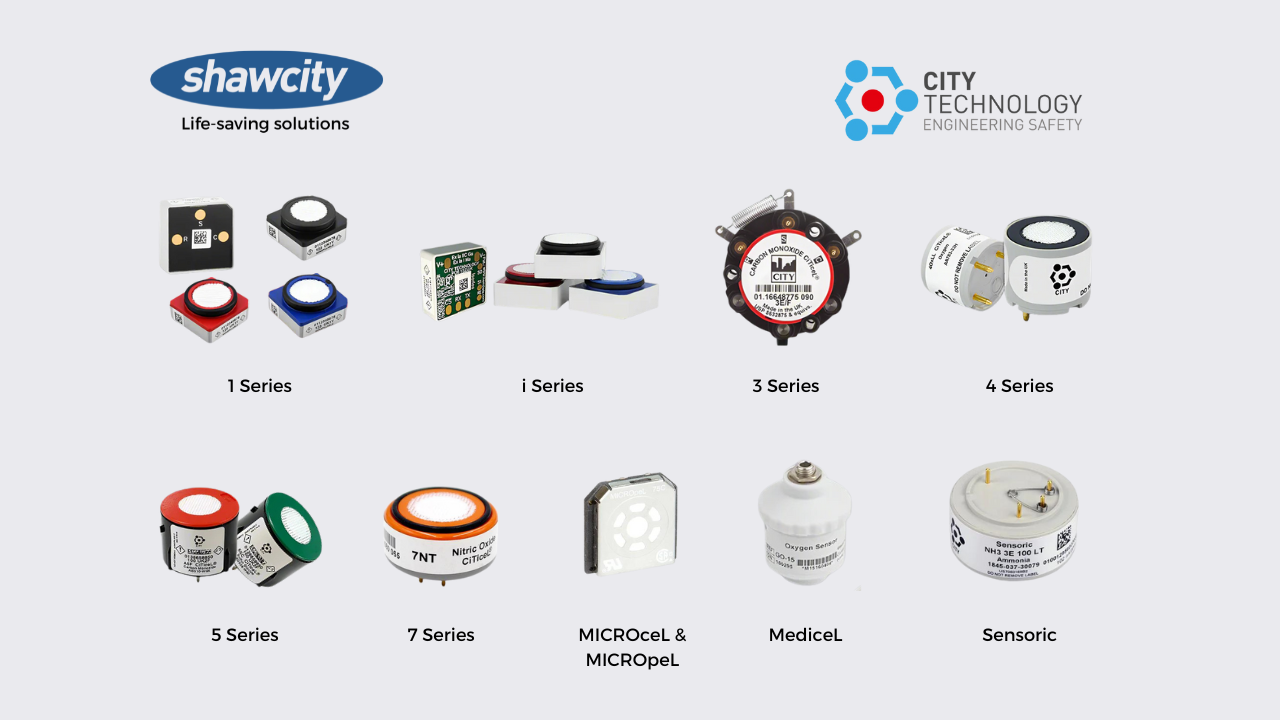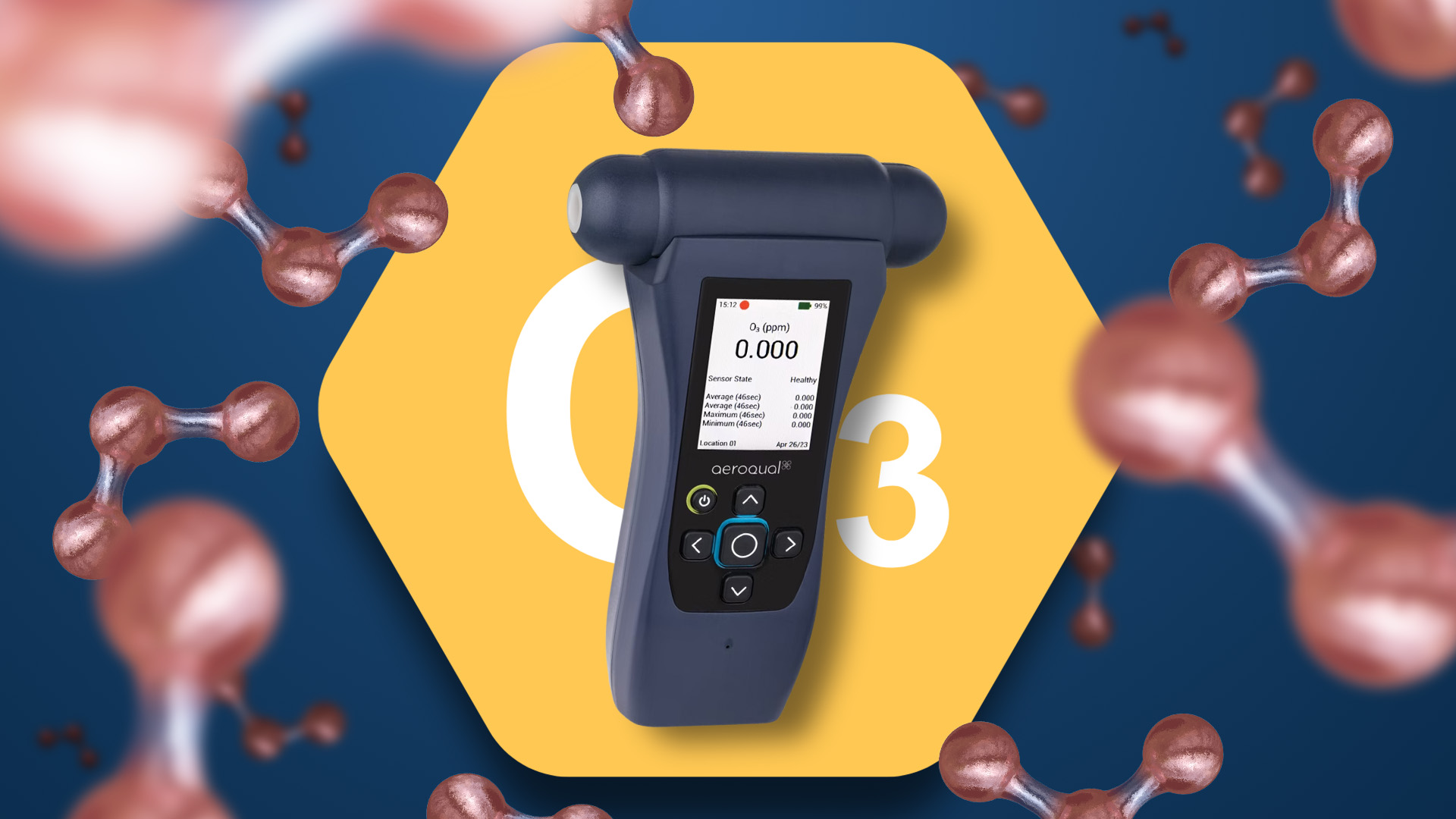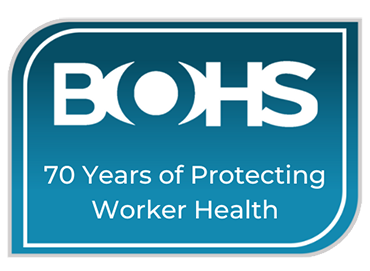For many industries, reliable gas detection is a critical safety element. The three main risks that gas detectors can help to identify are asphyxiation (Oxygen depletion), combustion (flammable gases) and poisoning (toxic gases).
There are a wide range of solutions available to monitor these risks, including single, four gas and multi gas detectors. In some instances, the option to have a Fixed Gas Detection System in conjunction with personal monitors may be beneficial.
Selecting the right product will depend on the application and the potential gas hazards present.
Single-gas Detectors
Single gas detectors are personal lightweight, wearable devices. They are used to monitor one specific gas where the risk is known; for example, if the only risk is known to be asphyxiation due to a lack of Oxygen, then a single gas oxygen unit would be adequate. Other common examples of single gas detection include Carbon Monoxide, Hydrogen Sulphide and Sulphur Dioxide.
The main advantage of a single gas monitor is that they are disposable and maintenance-free with a two to three-year battery life option. They also offer the best value for money in a known risk situation, avoiding over investing in more technology than is needed for the task.
Where there is any likelihood of more than one gas risk being present, such as in a confined space, a single gas detector is not suitable.
Four-gas Detectors
These monitors are specifically designed to comprehensively evaluate a worker’s environment, such as in confined spaces or other situations where there could potentially be an immediate danger to life. The most common configuration of sensors is Oxygen, LEL, Hydrogen Sulphide and Carbon Monoxide, although other configurations are available.
Similar to the single gas monitor principle, the 4-gas monitor is available as a maintenance-free, disposable 2-to-3-year life option or a maintained product where the sensors, battery etc are replaced during part of the ongoing life of the product. The options vary from one manufacturer to another and having a consultation with a product specialist will help determine which product is best suited to your application.
Multi-gas Detectors
Commonly used for both investigation and personal protection, multi-gas detectors can be used for pre-entry checks and gas testing, as well as personal protection for workers during a task.
These monitors simultaneously detect several different gases within one unit, normally in excess of 5 gases. Multi-gas detectors are not typically worn on the breast pocket like single and 4 gas monitors sit within the handheld, portable category. Although still classed as personal detectors., Typically multi-gas instruments will have larger screens showing readings for up to seven gases. Additionally, instruments can be supplied with a fixed or removeable pump to allow measurements to be taken from outside the area of risk.
The configuration of these multi-gas detectors will be driven by the specific application where they will be deployed, and they can house up to seven gas sensors. Ideal for pre-entry screening, as a multi threat monitoring device they will often contain the same key gas sensors as the four-gas detector, but also offer the option for additional exotic gases such as Sulphur Dioxide and Nitrogen Dioxide. A PID sensor can also be installed to monitor for volatile organic compounds (VOCs), to protect against long-term health issues.
How to choose the appropriate instrument
The choice between single and multi-gas detectors must be carefully considered. In many situations there may be several gas hazards present, so expert analysis of the workspace is essential. The decision between a single gas detector, a standard 4 gas or a multi gas detector will be down to each individual application and the level of protection required. Testing for combustible gases, oxygen deficiency or enrichment and toxic gases will typically be required in confined spaces, both before entry and during the work.
Each gas detector model offers a different battery life, detection range, and datalogging capability, along with various levels of customisation. These are all crucial factors to consider when selecting the right device for the job in hand.
Shawcity offers a wide range of single and multi-gas instruments from world-leading partners including Blackline Safety, Crowcon, Gas Clip Technologies, Gas Data, Honeywell and Ion Science. Providing various types of functionalities, they can be effectively deployed across a broad scope of industries and applications.
Different sensor technologies, such as MPS, IR or pellistor for flammable gases and traditional electrochemical sensors for oxygen and toxic gases, can be used in different configurations, again depending on the specific application.
Additional information is also key; for example, working in inert environments, or the presence of certain adhesives or solvents, could potentially impact sensor performance.
The Benefits of Shawcity
An industry leader with more than 45-years’ experience and a ‘go-to’ reputation in the industry for solutions, Shawcity provides a complete gas detection service. With products covering both fixed and portable applications and the option to hire or purchase along with product training from our product specialists makes Shawcity the ideal partner to work alongside.
All customers receive free consultations, free ongoing technical support and free product training, as well as fleet management support. Our in-house service centre completes our offer in delivering manufacturer-authorised servicing, calibration, spares and repairs.
Contact us for more information or advice, or to arrange a demonstration or site visit to help you to identify with confidence the best solutions available for your specific application.
Telephone: 01367 899553
solutions@shawcity.co.uk
